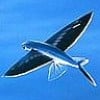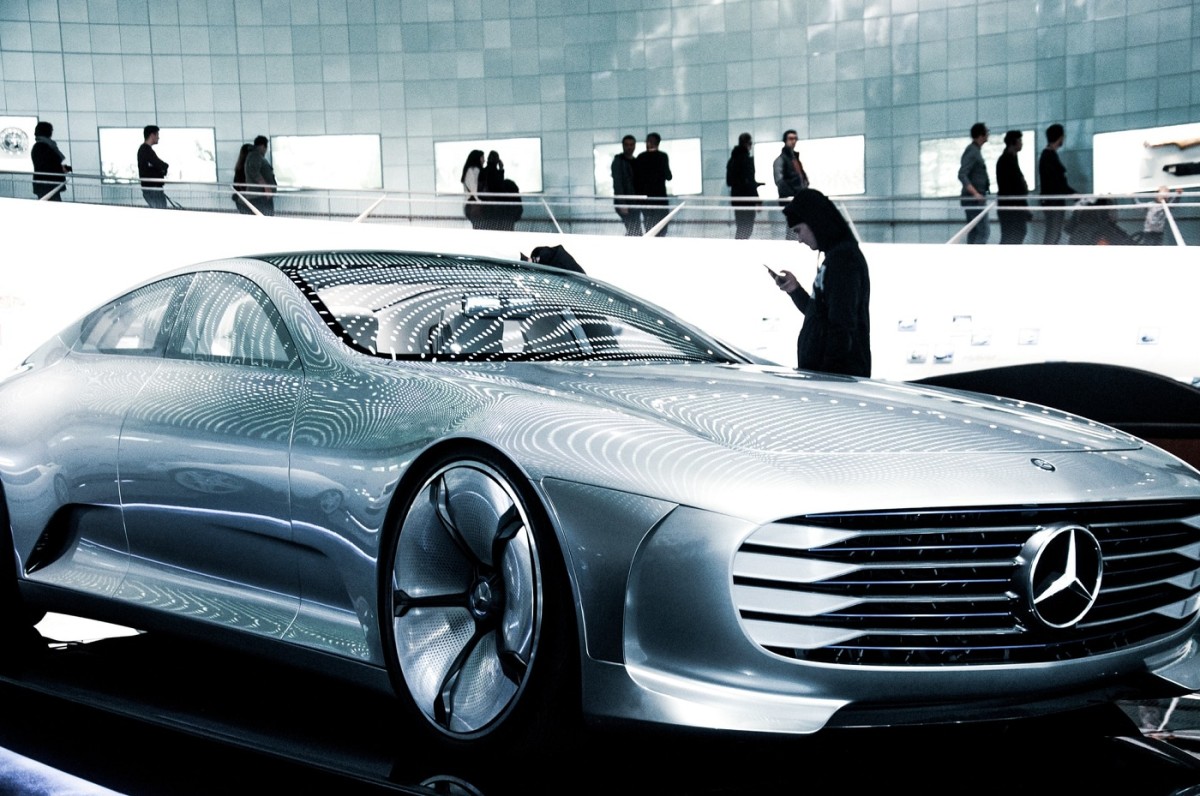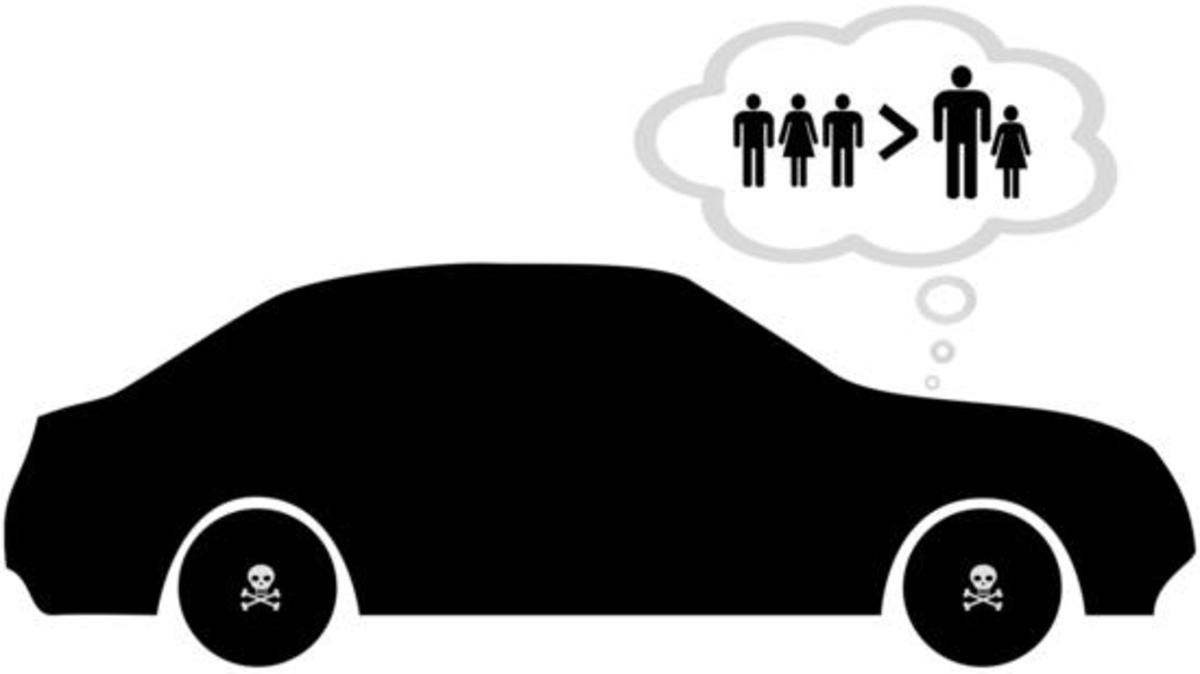Using Auto-Pilots to Platoon Cars on Freeways in Convoys
What's next in Traffic Control on Freeways? The Fully Automatic, Lock-in and Forget, Automatic Car Auto-Pilots. Very soon your cruise control will be upgraded to a Total Automatic Car Auto-Pilot Control System (TACAPCS).
Switch it on, and your will join a platoon of self-driven cars that become a track-less train moving along the freeway under autopilot.
You can let go of the steering wheel step out of the cockpit, watch a movie, have a meal work on your computer knowing that you will be completely safe.
How Could Auto-Pilot work for Cars?
Aircraft have a much larger margin of error (100m or so) so they can use GPS and navigation systems and smart software to pilot the plane along a track in the sky.
Cars don't have that luxury and the margin for error is probably 1 foot (30cm).
However, self-driven cars are already a reality and they don't crash and get lost. It is a similar principle with the auto-pilot operating all of the car controls an steering it an driving it along the freeway.
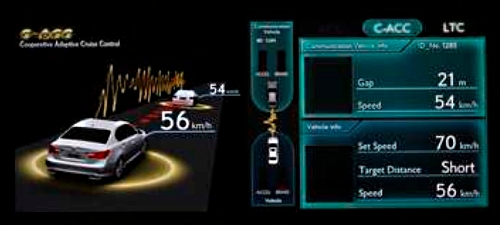
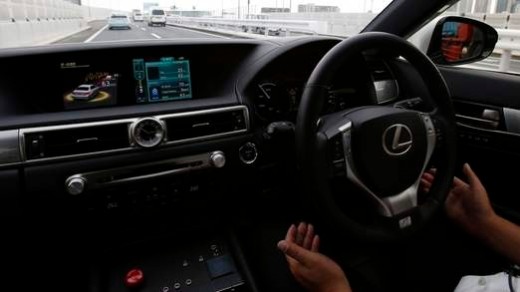
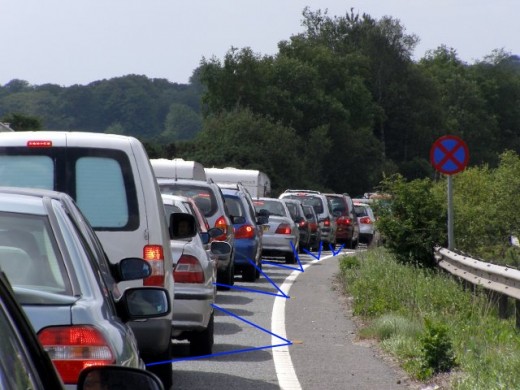
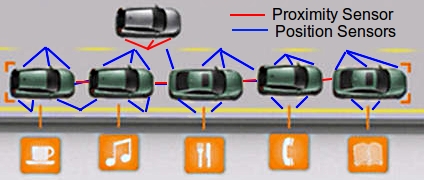
Individual Self Driven Cars are Already on the Roads
The Google driverless has already completed over 300,000 miles (500 000 km) on US roads accident-free, with ten of more cars on the road at the same time. Three states in America have already passed laws permitting autonomous cars up to September 2012
The Japanese car maker, Toyota, has recently announced a car autopilot system - Automated Highway Driving Assist (AHDA). This monitors the car ahead to avoid rear end collisions by matching its speed and automatically applying the brakes and slowing down in the event that the car ahead stops suggenly. It also acts as an auto-pilot keeping the car centered in the lane on a highway or on a single lane road, around all the twists and turns on the road. So far drivers have to remain alert to take over in the event of an emergency but mostly its hands-free driving using the autopilot.
The next step is convoys or platoons of auto-pilot driven cars so that the driver can leave the drivers seat completely and relax with the family of guests.
What is required for platooning cars in virtual trains snaking along the highway?
► Proximity Detecting Radar - These systems already exist in the more expensive cars. Radar is used to sense how far one car is from the car in front. If the car is too close the brakes are automatically applied to maintain a safe distance between cars. It is only a tiny step to develop systems that lock the position of one car to the one in front - speeding up or slowing down to maintain a safe distance. Do this for a string of car and you have a Platoon of cars snaking along the highway.
► Position Sensors/Reflectors in the Lane Markers - All freeways have lane markers or reflectors. These will be replaced by smart position sensors using technology similar to that in E-tags and Swipe and Pay Credit Cards. In very simple terms devices in cars will beam send out signals to the lane markers: "How Close am I Now" The Smart Lane Marker will respond "2 foot 5 inches" and will also provide direction information. When the car gets this information from 6-8 lane markers nearby, the software can feed these data to the car autopilot to constantly change the steering to maintain right in the center of the lane and go around corners etc.
► Lane Marker Speed Control Signals - The lane makers will be programmed to signal the speed limit for that section of the road. Weather Station devices dotted along the side of the road will provide up to date information about weather conditions such as rain, ice, snow and fog that will be used to adjust the speed for the prevailing conditions on each section of the road.
► Drivers can switch off their car autopilot whenever they want to leave the platoon or car-trains and head to their destination off the freeway.
Warning: Patent Pending: At rights fully protected
What are the Major Advantages of the Car Auto-pilot, Platooning Convoy System?
► Drivers and their passengers will be free to do whatever they like. The auto pilot does all the steering for you. This will mean cars can become mobile home office and entertainment units - The office away from the home. The home away from home. It puts new meaning to the term 'Mobile Home'
► No more speeding fines
► No more rear end collisions caused by people traveling too close to the car in front and being unable to stop if the car in front brakes suddenly
► No more pile-up caused by sudden changes in weather or road conditions
► Reduced mortalities, injuries and car crashes as the control of the cars is taken out of the hands of the drivers and given to the auto car pilot. Fatigue and driver error will be eliminated on freeways
► Higher traffic densities and less congestion
► Safer and Happier Driving
© 2013 Dr. John Anderson
